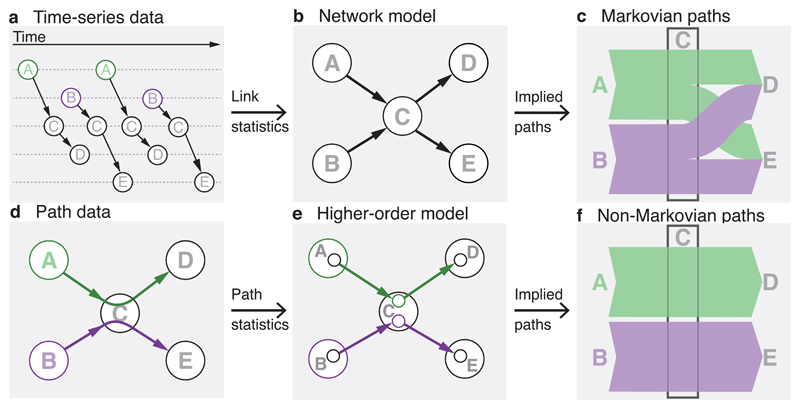Figure 2. Non-Markovian higher-order models can better capture the topology of paths in complex systems.
A rich source of path information is time-series data that capture interaction sequences between the components of a system (a). Focusing on pairwise interactions, network models abstract a system’s topology with nodes and links (b) while assuming that paths are transitive and Markovian (c). Due to the chronological ordering of interactions, the actual paths of indirect influence in time- series data (d) can deviate from this assumption. Focusing on paths rather than pairwise interactions, higher-order network models with, for example, state nodes (e) can capture the actual topology of indirect influence (f).

